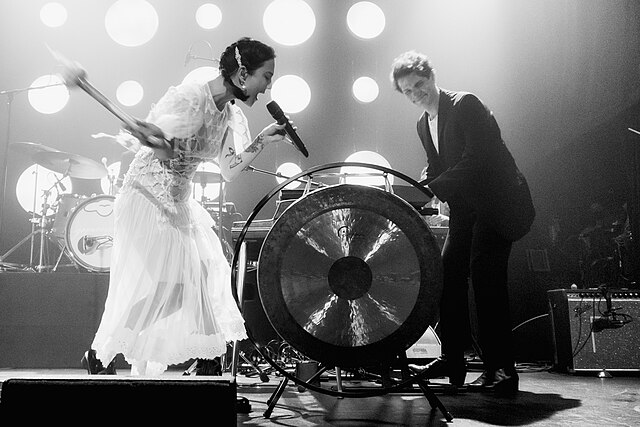Earnest Hemmingway began The Garden of Eden in 1946, and would never see it finished. At the time of his death, the manuscript consisted of over 16,000 pages. It would later be published at 247, almost two-thirds of the plot lost in editing.
The book initially reads as scattered. Dialect is not traditionally punctuated, huge gaps can be found in the storyline, and much is left up for interpretation. The novel is raw, and an obvious rough draft. However, the unusual style only contributes to The Garden of Eden’s value; it was entirely unique among publishings at the time, contemporary in an era of tradition.
Despite butchering by amaetur editor Tom Jenks, The Garden of Eden clearly exposes the inner workings of Hemingway’s mind. The novel follows a young author called David and his newly wedded wife, Catherine. The couple is speculated to have been inspired by well-known members in Hemmingway’s circle; famed author F. Scott Fitzgerald and his wife Zelda.
David is painted as a morally inclined man committed to the preservation of happiness for his troubled spouse. Catherine however, is depicted as an eccentric woman, unable to determine her desires. Catherine’s behavior is deranged, and without explanation or justification. Readers follow her struggle with gender identity, and its impact on her husband and their shared life.
Despite the seemingly unusual configuration, this novel is well worth a read. The Garden of Eden will undoubtedly challenge your perception of both Hemmingway’s prior work and persona.





